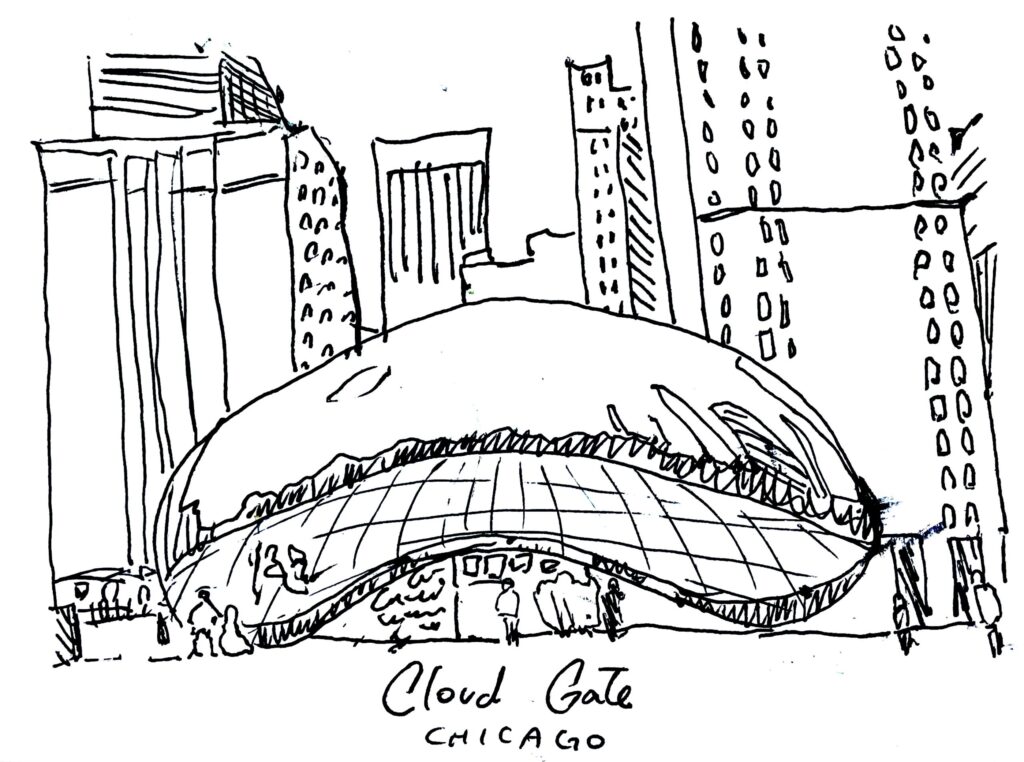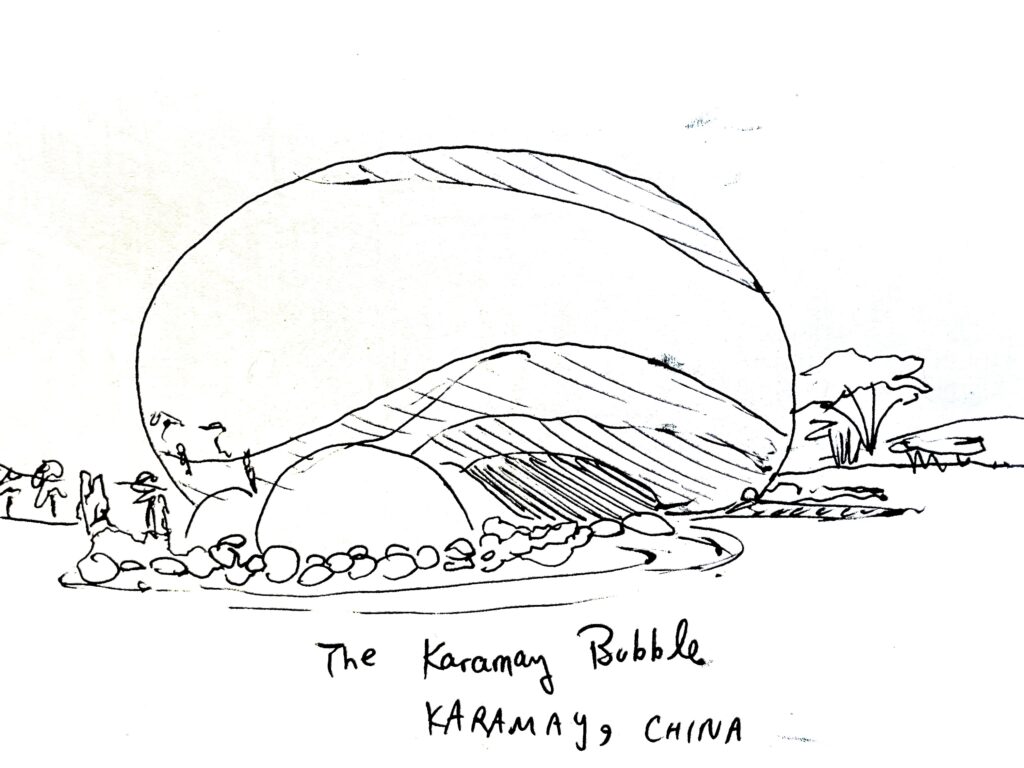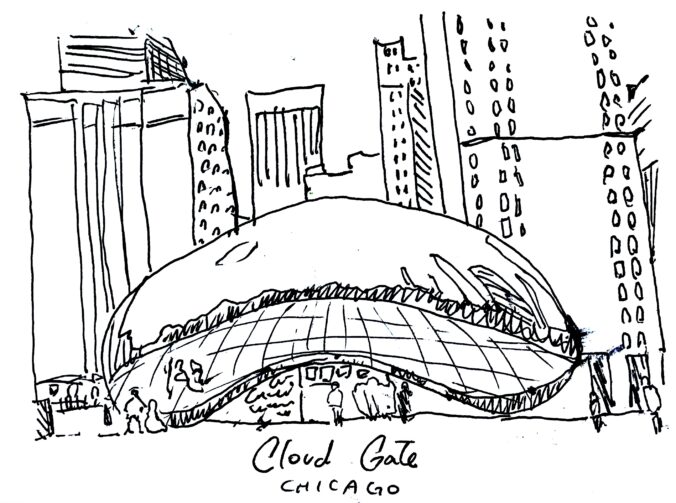
Noga Keidar and Dan Silver are excited to announce the publication of their paper in The Journal of Urban Affairs. As a PhD candidate in the Department of Sociology at the University of Toronto Dr. Keidar was inspired to follow public art policies in order to examine the evolution of policy ideas and explain the mechanisms behind their mutations: “Our exploration started in 2016 as part of a research group of scholars from the U of T and OCAD U that worked to improve Toronto’s Percent for Art mechanism. We began collecting policy materials from cities comparable to Toronto to get ideas about how things could be done differently. We were surprised by the richness of policy materials cities produced, and more importantly by the great variance of values, goals and procedural arrangements that developed from this relatively basic policy tool. We wanted to systematically examine how the concept developed over time, across physical space and institutional settings, and to explain why cities used it differently. A key challenge was to develop a method and a theoretical framework to compare many cities. This challenge urged us to develop the Urban Model Space that could be applied in a textual analysis for any other popular policy model.

Here is a short synopsis of the paper:
One of the central components of the theory of urban evolution concerns the circulation of urban ideas. Ideas about how to physically organize space, what to do there, and who should be there – forms, activities, and groups – carry from place to place what we term “formemes” in “Towards a Model of Urban Evolution.”

Our forthcoming article, “The Space of Ideas,” elaborates a novel approach to studying the role of urban ideas in urban evolution. Using a large corpus of public art policy documents from 1959-2020, we use computational text analysis to uncover the latent structure of the Anglosphere public art discourse and how it evolves along three key dimensions: temporality, scale, and position. We find six recurrent themes predominate in what we term the public art “Urban Model Space.” These themes include topics we describe under headings such as “pedestrianism,” “equitable access,” “creative industries,” “place-based identity,” “creative opportunities,” and “heritage.” Our analysis shows that the adoption of these themes is shaped by factors such as when a city initiates a public art program (temporality), the region or state in which it is located (scale), and its position in the global urban hierarchy or internal agency leading its public art initiatives (position). While the analysis offers important insight into the domain of public art, it also serves as a model for incorporating textual representations of ideas into urban evolutionary research.
To read the full article, click here.

Our study builds upon a dynamic and robust research tradition into Urban Policy Mobility. During the last two decades, this research stream has been documenting an extensive ‘flow’ of “urban models”, like Business Improvement Districts, Arts and Cultural policy, Climate Solutions and Insurgent Practices of slums and shack dwellers (McCann and Ward, 2010; Cociña et al., 2019; Wood, 2016). While these urban models are often described as ‘one-size-fits-all’ formulas shaped by homogenizing forces of globalization, they also generate replications and mutations that may be more ‘progressive’ or ‘conservative’, ‘market-led’ or ‘community-oriented’, depending on the interactions with a particular city (McCann, 2011; Jacobs, 2012). The attempt to assess the local formulation of a model is often tackled through a case study method that follows the local translation and compare it with few other translations. However, to fully understand policy replications and mutations, we must examine various translations of the ‘same’ model and locate them as part of the broader structure that explains their emergence. Our study proposes a complementary approach to the standard detailed case study – a textual analysis that delineates the Urban Model Space in which the implementation of the model in a specific location is situated alongside others.

To illustrate the approach, we use public art policy and in particular the Percent for Public Art ordinance – a common funding mechanism in the Anglosphere of setting aside a percentage of the city’s capital budget for public art. We sketch the space of the public art policy model using a corpus of public art policy documents from 26 cities with more than one million residents in the Anglosphere, including Australia, Canada, the United Kingdom, and the United States. These documents cover the period from when the ordinance was first applied in Philadelphia in 1959 (Carlin, 2004) until 2020. The corpus consists of four types of documents: public art plans, broader cultural plans with public art sections, guidelines, and open-ended research reports. These documents are used for various practical purposes, like creating a basis of common knowledge, standardizing technical procedures, promoting a policy change, or publicizing the city’s policy models over the world. After identifying the main discourses describing public art with Structural Topic Models (STM), we determine where, when, and why they were adopted with a series of regression analyses. Specifically, we ask: How have public art discourses changed over time? Which scale matters more for which topic? And which types of positions matter for the adoption of each discursive category?”



Leave a Reply
You must be logged in to post a comment.